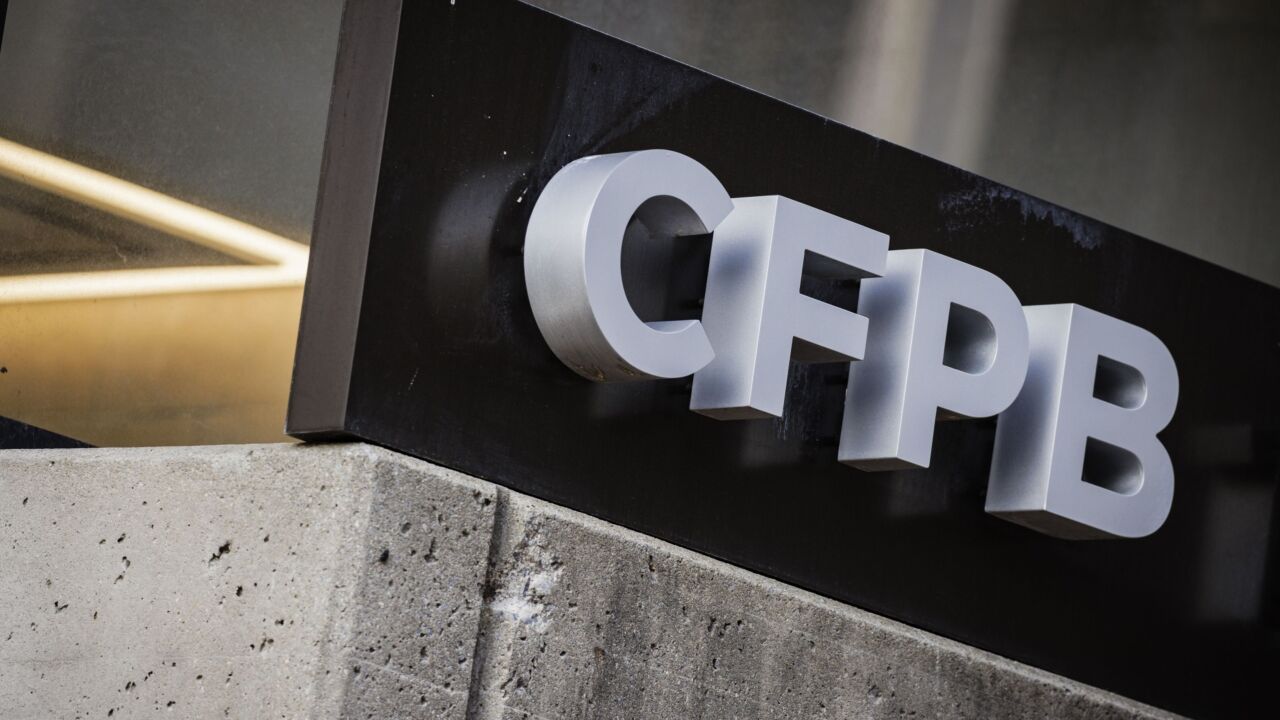It must have something to do with the whipping winds, which pelt parts of Canada with snow nearly year round. But clearly Scotiabank, Canada's second-largest bank, relishes doing business in the balmy breezes of the Caribbean Basin. Scotiabank already dominates the ATM market in the Caribbean, where it claims 450
ATMs across the 27-nation area, particularly in tourist-heavy areas like casinos and cruise ship docks, as well as 250 branches. "We've been in the Caribbean for 100 years," says Tim Hayward, evp of international banking at Scotiabank, who notes the bank has two million customers from Jamaica to Trinidad. "We were in Jamaica before we opened a branch in Toronto." Indeed, its first bank in the Caribbean was founded in Kingston 114 years ago to support the trade of rum, sugar and fish, and Scotiabank remains the oldest bank in the Dominican Republic.
But now the bank wants to become King of Internet Banking in the Caribbean by bringing on-line banking to the masses. And with a population of 28 million, the Caribbean is ripe with possibility, although only five percent to 10 percent of the population has Internet access.
Scotiabank's Jamaica branches went live in June with S1 Personal and Business Banking, an on-line product used by 40 other banks around the world-with 100 more banks in negotiation. The rollout went off without a hitch, according to Doug Gross, vp of Latin American sales for Atlanta-based S1 Corp., and was followed by another successful launch in Trinidad and Tobago. Pilot programs are being launched this year in Costa Rica, the Bahamas and Barbados-and a February 2004 launch is set for the Dominican Republic. "This product is pretty easy to use," says Gross. "We made it for a person who is non-technical. It's meant for the average customer who says, 'I want to know what my balance is,' and 'I want to do a report or transfer between accounts,' as opposed to a wire transfer."
Although Scotiabank's domestic on-line banking connects to a core proprietary product, the bank's international systems use Scotia Globe. "We keep putting in new features and functions, so they don't have to develop it themselves," he says, noting that the Caribbean banks' data centers will operate at four sites in the region.
"It's a pretty good global solution," agrees Lance Hill, vp of self-service banking in international banking at Scotiabank. "It covers the full gamut of small business and corporate banking issues."
He says the rollout has been glitch-free. "The response has been excellent so far," says Hill, who declined to say how many Caribbean customers are actually banking on-line. "The sales process has been very smooth, too." Because the region's telecommunications networks are opening up, more Internet service providers are sprouting, allowing cheaper on-line access for consumers. "When we look at the statements of our customers, there's no question about it: They want on-line banking."
Scotiabank operates in 21 jurisdictions in the Caribbean, including Anguilla, Antigua and Barbuda, The Bahamas, Barbados, British Virgin Islands, Cayman Islands, Dominica, Dominican Republic, El Salvador, Grenada, Guyana, Haiti, Jamaica, Netherlands Antilles, Puerto Rico, St. Lucia, St. Kitts and Nevis, St. Maarten, St. Vincent and the Grenadines, Trinidad and Tobago, Turks and Caicos Islands, and U.S. Virgin Islands. It also operates in four of the seven countries of Central America, considered part of the Caribbean Basin: Belize, Costa Rica, El Salvador and Panama, a region that supports another 50 Scotiabank ATMs. In fiscal 2002, the bank's earnings in the region were a record net income of $228.9 million (C$300 million).
Despite myriad government regulations-French, American and Dutch- and languages-English, Spanish, French, Creole and Dutch-bank competition in the Caribbean is fierce. "It's a challenge, but the potential is enormous because it's such a large growth market," says Tim Hayward, evp of international banking at Scotiabank. An overheated banking environment prompted the pullout of the Royal Bank of Canada, Citibank and Bank of America, he says, creating a vacuum quickly filled by Santander and two emerging local powerhouses: the Royal Bank of Trinidad and Tobago and the Republic Bank of Trinidad.
The region is politically stable, except for the hemisphere's poorest country, Haiti, and is made up mostly of solid, multi-party democracies; it has averaged three percent growth annually during most years of the last decade.
The Dominican rollout is proving the most challenging, officials say, simply because of its sheer girth. In September, Scotiabank inked a deal to acquire 39 branches of the recently dissolved Banco Intercontinental, known as Baninter. It also purchased select Baninter financial assets, including certain credit card, personal and commercial loans that met quality and other loan criteria. The transaction more than doubled Scotiabank's presence in that country, where it is now the fifth-largest private bank in terms of branches.
Operating in the Caribbean has been rewarding, says Hayward. "The Caribbean is a critical area for us," he notes. "We are a local bank in most of the countries we operate in. We run them that way-to look like local banks. The heads are not expats but locals, as is most of the management team."
Nevertheless, "international" could be Scotiabank's middle name. The 171-year-old Bank of Nova Scotia was founded in 1883 in Halifax, and has grown to include 1,800 branches and offices across more than 50 countries. "Our bank has always seen international markets-emerging markets in particular-as tremendous growth opportunities," said Scotiabank President Richard E. Waugh in a recent speech. Indeed, one-third of the bank's earnings are derived from foreign operations.





